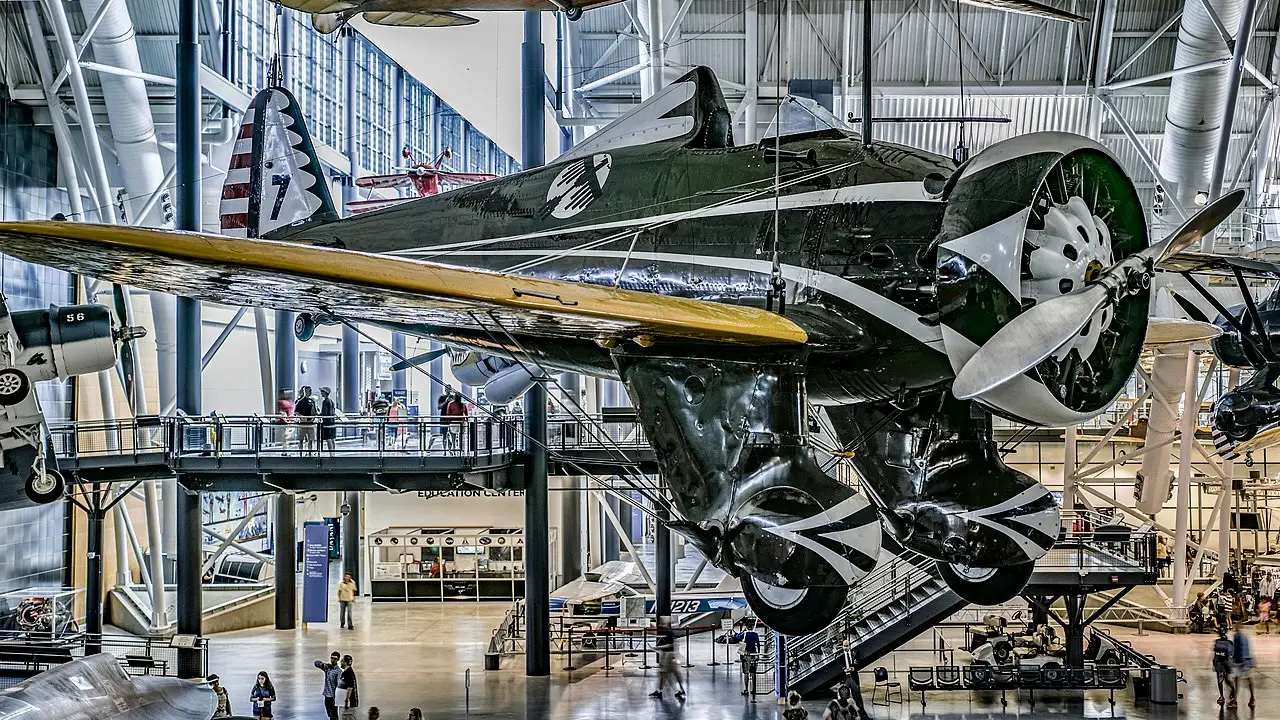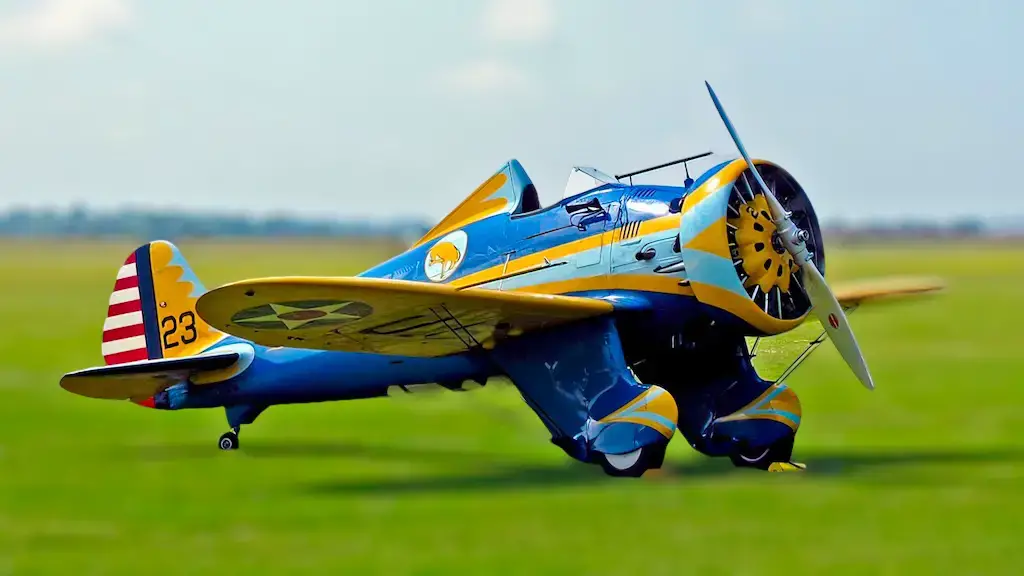
Boeing’s P-26 Peashooter was the first United States Army Air Corps (USAAC) fighter to feature all-metal construction and the last to have an open cockpit, wire-braced wing, and fixed landing gear. Created in the early 1930s on the experience of the civilian Boeing Model 200 Monomail, the Peashooter was a real breakthrough for its time and the fastest fighter in USAAC squadron service. For a brief time period it formed the core of American pursuit squadrons. And although the P-26 did most of its service in the relatively peaceful 1930s, it saw some action during the second part of the decade and even at the outbreak of the Pacific War in 1941.

The P-26 was the first all-metal, low-wing fighter to be produced in the US. In other respects, it was a blend of the old and the new. It had an open cockpit, fixed landing gear with high-drag wheel pants and externally braced wings. Powered by a 500-hp Pratt & Whitney R-1340-27 Wasp engine, the P-26 had a top speed of 234 mph. Its landing speed was also pretty high for those times: 82 mph, which made it difficult for the pilots accustomed to older and slower biplanes to learn flying the P-26. It was later reduced to 73 mph by fitting newly produced aircraft with flaps and retrofitting with them the ones already in service.
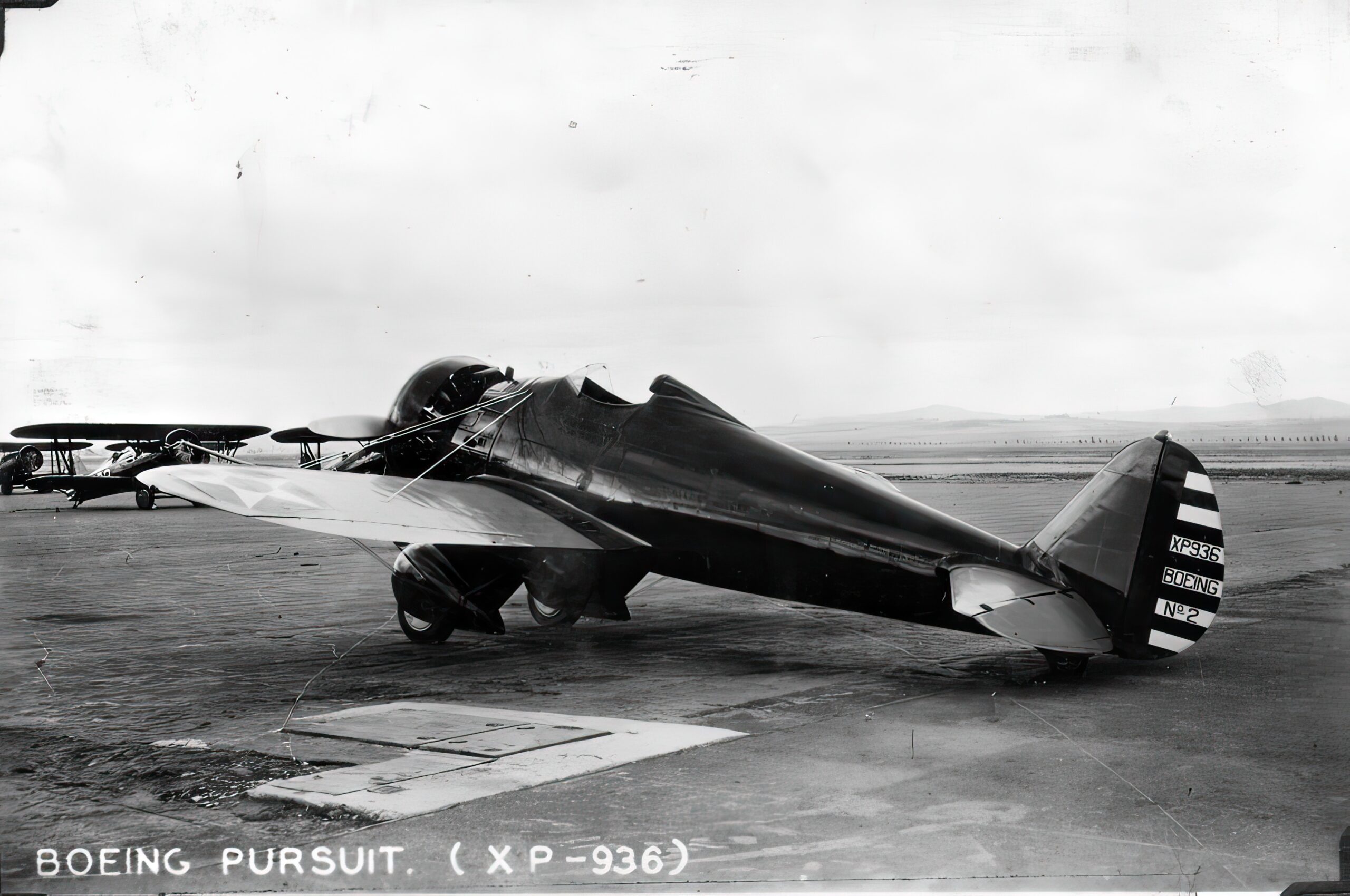
The rather appropriately named Peashooter didn’t have very serious armament: just two.30-caliber, or one .30-caliber and one .50-caliber machine guns mounted in the cockpit floor and synchronized to fire through the propeller arc. It could also carry 200 lb of bombs between the landing gear. The XP-936 prototype for the P-26 series first flew in March 1932, and in December 1933 Peashooters started equipping service squadrons.

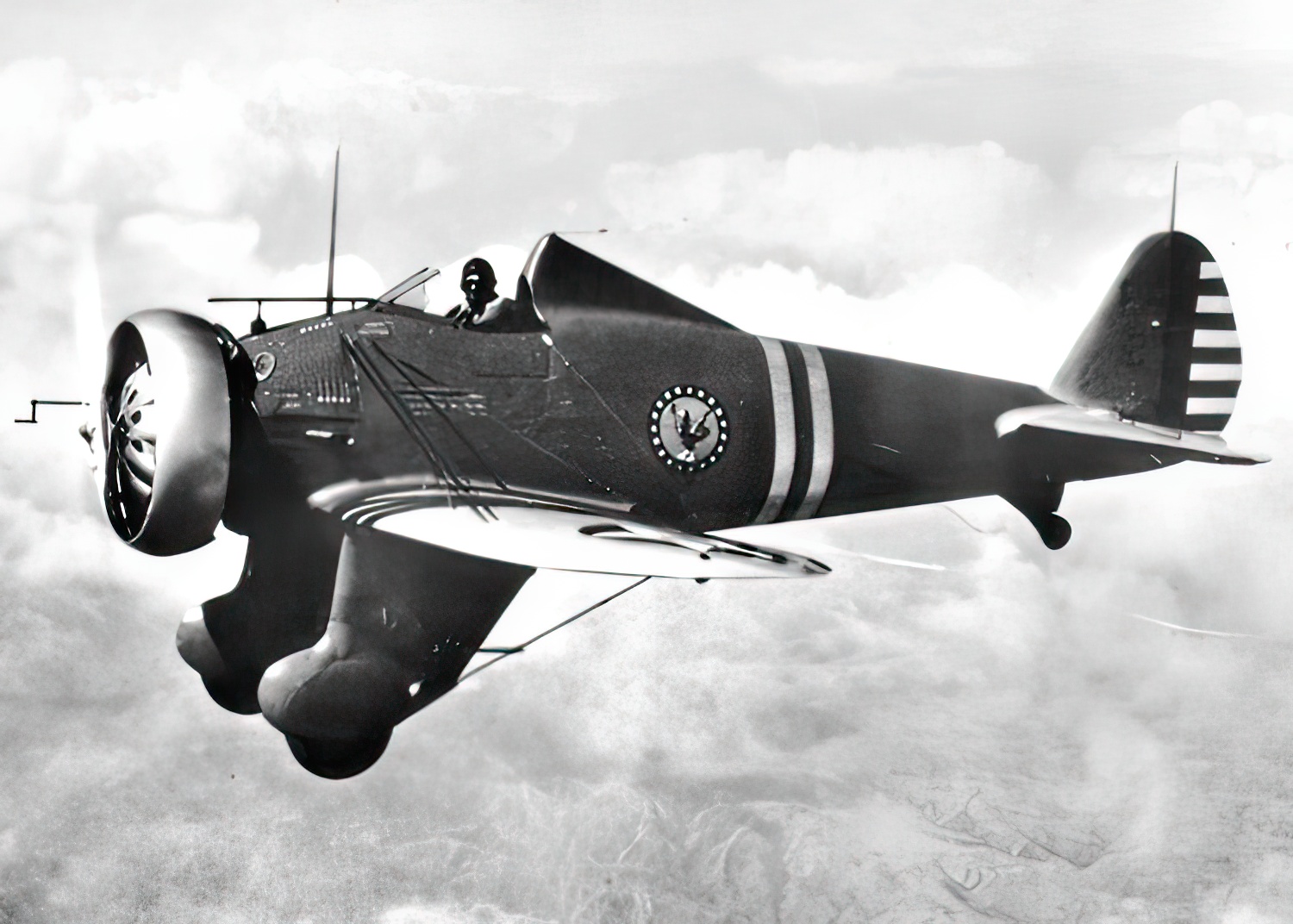
Interbellum period combat
The Peashooter entered service at a peaceful time and featured the typical bright color scheme of the time: yellow wings and stripes. No camouflage was needed. However, in 1936 some Peashooters were exported to Chinese Nationalist Air Force, and that’s where they first went into action. In August 1937, a group of Chinese Peashooters managed to shoot down four Japanese Mitsubishi G3M bombers without suffering any losses. Later they also engaged in dogfights with Mitsubishi A5Ms. A single aircraft was also supplied to Spain, where it briefly flew for the Republican Air Force before being shot down.
Meanwhile, in the US the P-26 was already being gradually phased out after some four years of service. It was giving way to more advanced types, such as Curtiss P-36 Hawk and Seversky P-35. By 1938, P-26s remained operational only in Panama, Hawaii and the Philippines.

Facing Zeros in the Philippines
By the time the War in the Pacific broke out the P-26 was hopelessly out of date. But Philippine Army Air Corps pilots still flying the type bravely stood up to the attacking Japanese forces on December 12, 1941. Six Philippine P-26s engaged 54 Japanese planes, bringing down three, while losing three of their own. Japanese aircraft downed by Peashooters in those early skirmishes included a Mitsubishi G3M bomber and even at least two Mitsubishi A6M Zeros.
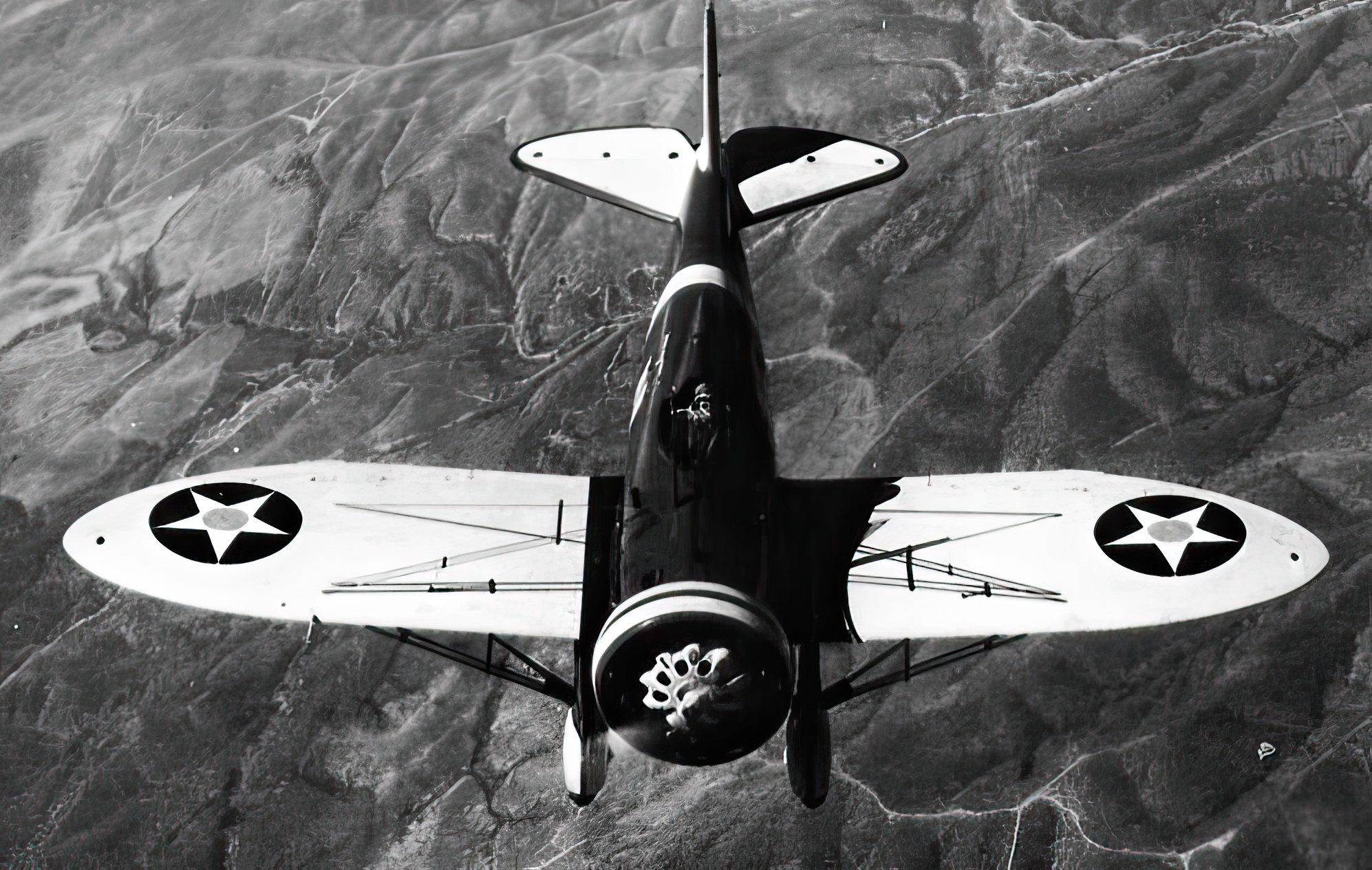
Retirement and legacy
The P-26’s production run ended in 1936 with around 150 aircraft supplied to the US military and friendly nations. The last American P-26 was retired in 1943 but the type went on flying in Guatemala until 1957.
This beautiful aircraft, which pilots used to call a “sport roadster,” has attracted enthusiasts’ attention long after it was out of service. No wonder that they have built a number of its replicas, including flying ones. As for the two surviving original airframes, they are to be found on display at the Smithsonian Institution’s National Air and Space Museum in Washington, D.C and at the Planes of Fame Museum in Chino, California.

